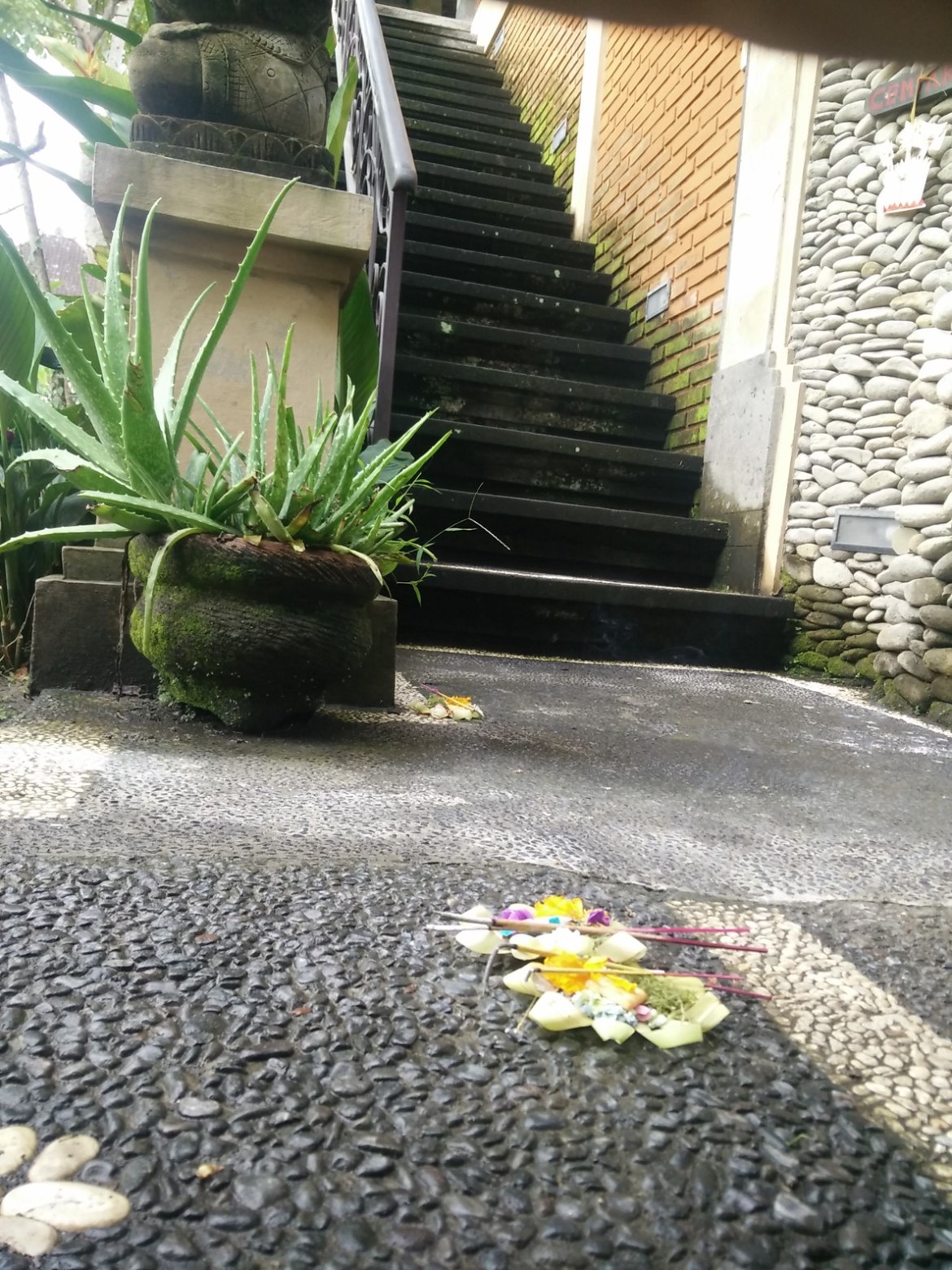This is a series about various observations and reflections I’ve had while staying in Ubud, Bali for a month.
Gamelan– a unique style of music on Bali
Right next to our place in Ubud, Bali is an arts museum. Every day they have a gamelan performance at 7pm. It’s very loud. When they don’t have a performance – they practice; so effectively you can hear gamelan music from our home about 8 hours a day.
You’re probably wondering what gamelan music is, and you’d be right to do so because it’s only found on Bali. It’s a combination of bells and gongs and drums – basically anything you can think of that’s good at making noise. Something a child would love to have a go at. Have a listen at this very atmospheric video. For those curious about the clothes they wear and what’s going on here, I’ll be getting into the full moon ceremony I went to, in my next post.
It’s obviously played at the before mentioned arts museum mostly for the benefit of tourists but it’s also played at a variety of festivities, most notoriously at spiritual events.

Hinduism and protective symbols in Ubud
Every day flowers with incense sticks, or jepun, are left in front of our house and every other house. The purpose is to keep the habitants safe and protect them. We have also had jepun left on our motorbike to keep with us when we drive. Jepun are placed everywhere for ceremonies and in everyday life. A friend of mine, who lives far out in a small village, has a lady come into her garden every day to leave jepun for her and she doesn’t know who it is. Apparently this lady has this as her job in this entire village – that’s what she does.

The same thing goes with faces. Everywhere on decorations and pictures you see faces and heads. They have carved out coconut faces outside our villa and wooden carved faces are hanging everywhere. Bali is highly spiritual and Hinduism runs deep in every local as far as I can tell.
I will get into one of the big ceremonies they only have twice a year – the full moon ceremony – in my next post.
The Balinese and their 4-name system
Now this is a peculiar system the Balinese are using here and (to some surprise) it certainly is still very intact and functioning.
On internshipbali.com it is understandably described:
“All Balinese people are named one of just 4 names: Wayan, Made, Nyoman or Ketut. Both men and women. In Bali, Indonesia, such a 4-names-only system is entirely real and intact. Here’s how it works:
Every Balinese child is simply named by his or her order of birth. The first born, boy or girl, is Wayan. The second born is Made (pronounced ma day). The third born is Nyoman. And the 4th born is Ketut. If a family has more than four children, the cycle repeats itself, and the next ‘Wayan’ may be called Wayan Balik, which loosely translates to ‘another Wayan’.”

As a funny anecdote, I remember asking our hostess what her name was and she said Wayan. No problem. Then I asked her son what his name was and he also said Wayan. So they’re both called the same. That’s confusing. I can’t even imagine how roll call in school would work out: “Is Wayan here?” – ten people, boys and girls, raise their hands: “Present!”. Consistently, when I’ve asked what a local’s name was, I was given as answer of one of those 4 names.
Now, before you completely give up on learning people’s names on Bali there are certain things that make it easier to distinguish one person from another.
-
Caste name. Two different Wayans might come from a different caste. Just like we, in the western world, have family names or surnames.
-
Girls and boys have different honorifics before their names and as such a girl would be “Ni” – Ni Wayan while a boy would be “I” – I Wayan.
-
Usually a third, hindu name, with a positive meaning, is given to each child. This, combined with their first name lets them create a nickname that distinguishes them from all the other Wayan’s or Made’s.
One such example is when I asked a staff member at Hubud what his name was. He said “Budi” which is a nickname based on his hindu name “Budiasa”.
Stay tuned for the next and final of the series about Bali where I’ll be getting into the full moon ceremony!
This concludes part 2 of the series about Ubud, Bali – part 3 will be coming shortly!







